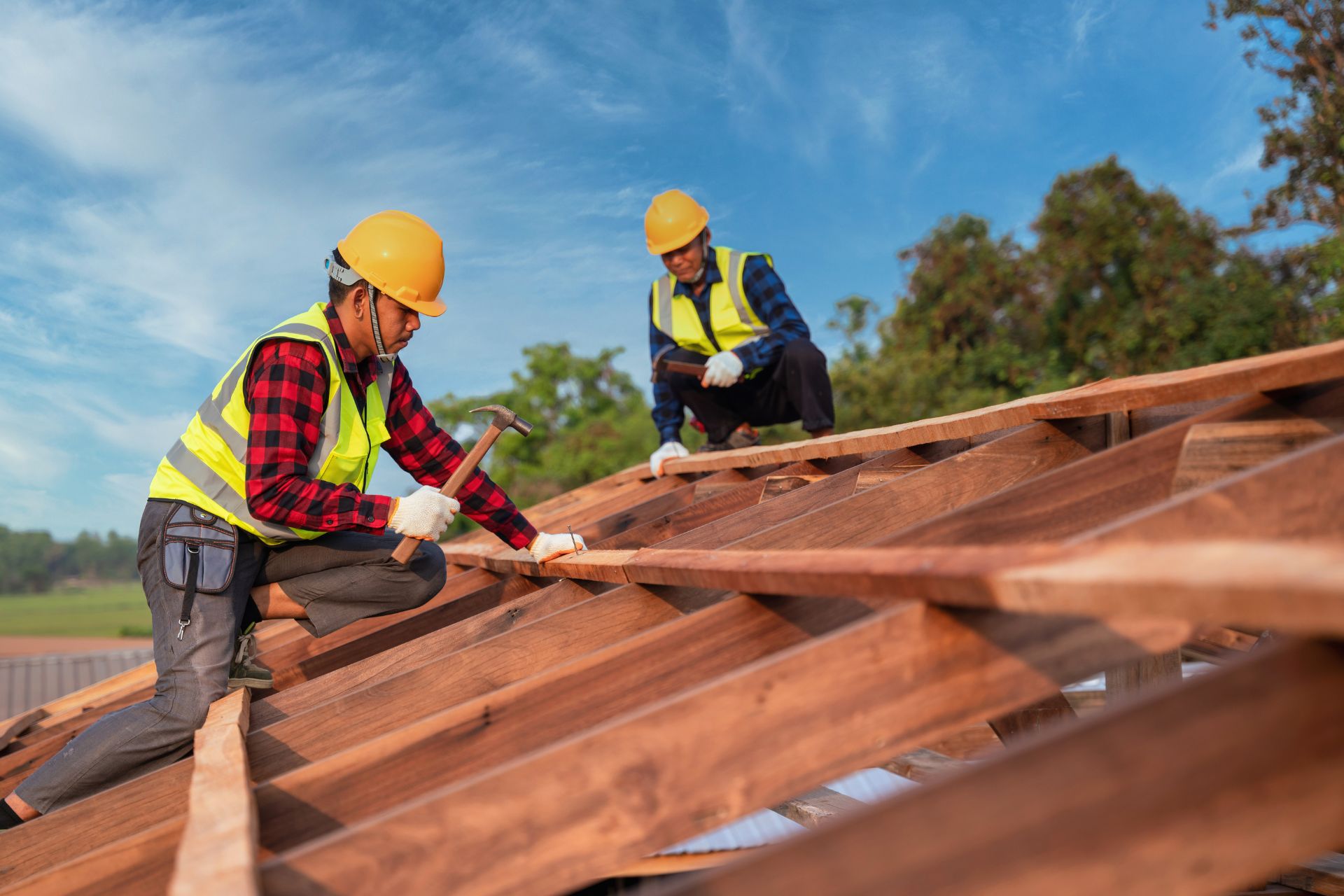A Comprehensive Overview to the Numerous Kinds Of Roofs You Can Pick From
When considering the myriad of roof alternatives available today, it comes to be apparent that picking the best type can considerably impact both the visual allure and functional efficiency of a building. From the traditional allure of asphalt roof shingles to the modern-day effectiveness of metal roof, each product provides its own advantages and difficulties. Moreover, the surge of eco-friendly selections like green roof coverings mirrors an expanding trend towards sustainability in building. Recognizing these variations is important for making an educated decision that lines up with your specific needs and choices. What elements should you take into consideration in this choice process?
Asphalt Tiles
Asphalt tiles are just one of one of the most preferred roofing materials in North America, understood for their cost-effectiveness and convenience. These tiles are largely composed of a fiberglass mat covered with asphalt and mineral granules, which provide both waterproofing and visual charm. Offered in a variety of colors and designs, asphalt shingles can complement various building styles, making them an appealing selection for house owners.
One of the crucial advantages of asphalt roof shingles is their affordability. Contrasted to other roof covering materials, they are reasonably affordable to buy and mount, making them obtainable to a wide variety of budget plans. Furthermore, asphalt tiles have an uncomplicated installment procedure, usually needing less time and labor than alternative roofing systems.
Sturdiness is another substantial aspect, with many asphalt roof shingles supplying warranties that last between 20 to 50 years, relying on the top quality and kind picked. Regardless of their sensitivity to weather problems, such as high winds and hailstorm, innovations in modern technology have brought about the advancement of impact-resistant alternatives.

Steel Roof Covering
Steel roof covering has acquired traction among house owners and contractors alike because of its outstanding resilience and durability. Normally created from products such as steel, light weight aluminum, copper, or zinc, steel roofings can stand up to extreme weather condition problems, including hefty rainfall, hailstorm, and high winds. Their resistance to deterioration and rust even more improves their lifespan, often exceeding half a century with proper upkeep.
Along with their longevity, steel roof coverings are lightweight, making them easier to set up contrasted to traditional roof products. This can result in reduced labor costs and decreased architectural assistance demands. Metal roof systems are available in a range of styles, colors, and surfaces, enabling house owners to attain a tailored visual that matches their home.
Power efficiency is another considerable benefit of metal roof covering. Its reflective buildings can assist reduced cooling costs by dispersing sunlight, therefore lowering warm absorption. Lots of metal roof covering choices are additionally made from recycled materials, adding to environmentally pleasant building methods.
Ceramic Tile Roofs
What makes ceramic tile roofs a preferred selection among homeowners in various environments? Tile roofings are renowned for their sturdiness and aesthetic allure, making them a preferred option across varied geographical areas. Made up of materials like clay or concrete, these roofings can withstand extreme climate condition, consisting of heavy rainfalls, extreme warm, and solid winds.

One of the most considerable advantages of ceramic tile roof coverings is go now their longevity. Additionally, tile roofs provide superb insulation, which aids in managing indoor temperature levels and can lead to energy cost savings.
Tile roofing systems are also offered in a large selection of colors and designs, permitting property owners to choose layouts that complement their architectural appearances. The first setup cost may be greater than other roof covering alternatives, the long-lasting benefits usually warrant the financial investment. Generally, floor tile roofings integrate elegance, strength, and performance, making them a superb choice for homeowners seeking a trustworthy roofing option.

Flat Roofs
Flat roofs are a practical option for many business and residential structures, especially in metropolitan areas where taking full advantage of useful space is crucial. Keep Dry Roofing LLC. Their horizontal layout permits very easy installation of a/c systems, solar panels, and roof yards, making them a versatile option for contemporary design
One of the key advantages of flat roof coverings is their cost-effectiveness. The materials and labor needed for setup are generally cheaper than those for pitched roofs. Common materials used for flat roof covering include built-up roof (BUR), customized bitumen, and single-ply membrane layers like TPO and EPDM. Each material has its very own advantages in terms of durability, insulation, and weather condition resistance.
However, flat roofings do need careful attention to water drainage to stop water pooling, which can cause leaks and structural damages. Routine maintenance, consisting of inspections and cleaning of gutters and drains pipes, is vital to guarantee long life.
Eco-friendly Roofings
Exactly how can integrating nature right into city design enhance sustainability? Eco-friendly roof coverings, likewise called living roofs, exemplify this combination by giving a distinct option to city environmental difficulties. These roofs are characterized by a layer of greenery grown over a water-proof membrane, promoting biodiversity while minimizing urban heat island impacts.
The advantages of green roofing systems expand beyond visual appeals. They play an important role from this source in stormwater monitoring by taking in rain, which decreases overflow and minimizes the problem on water drainage systems. This absorption also assists in filtering toxins and boosting air quality. Eco-friendly roofing systems contribute to energy performance by supplying all-natural insulation, consequently minimizing home heating and air conditioning costs for buildings.
In addition to environmental advantages, environment-friendly roofings provide social benefits. They produce green rooms in densely booming locations, promoting neighborhood interaction click reference and enhancing psychological wellness (Keep Dry Roofing LLC). As city locations remain to expand, the application of eco-friendly roofing systems can substantially contribute to sustainable city planning
Conclusion
In recap, the choice of roofing materials dramatically influences the durability, aesthetics, and power performance of a framework. Each kind of roofing, including asphalt shingles, metal roof covering, tile roofings, level roofings, and environment-friendly roof coverings, offers distinct advantages suited to different needs and preferences.